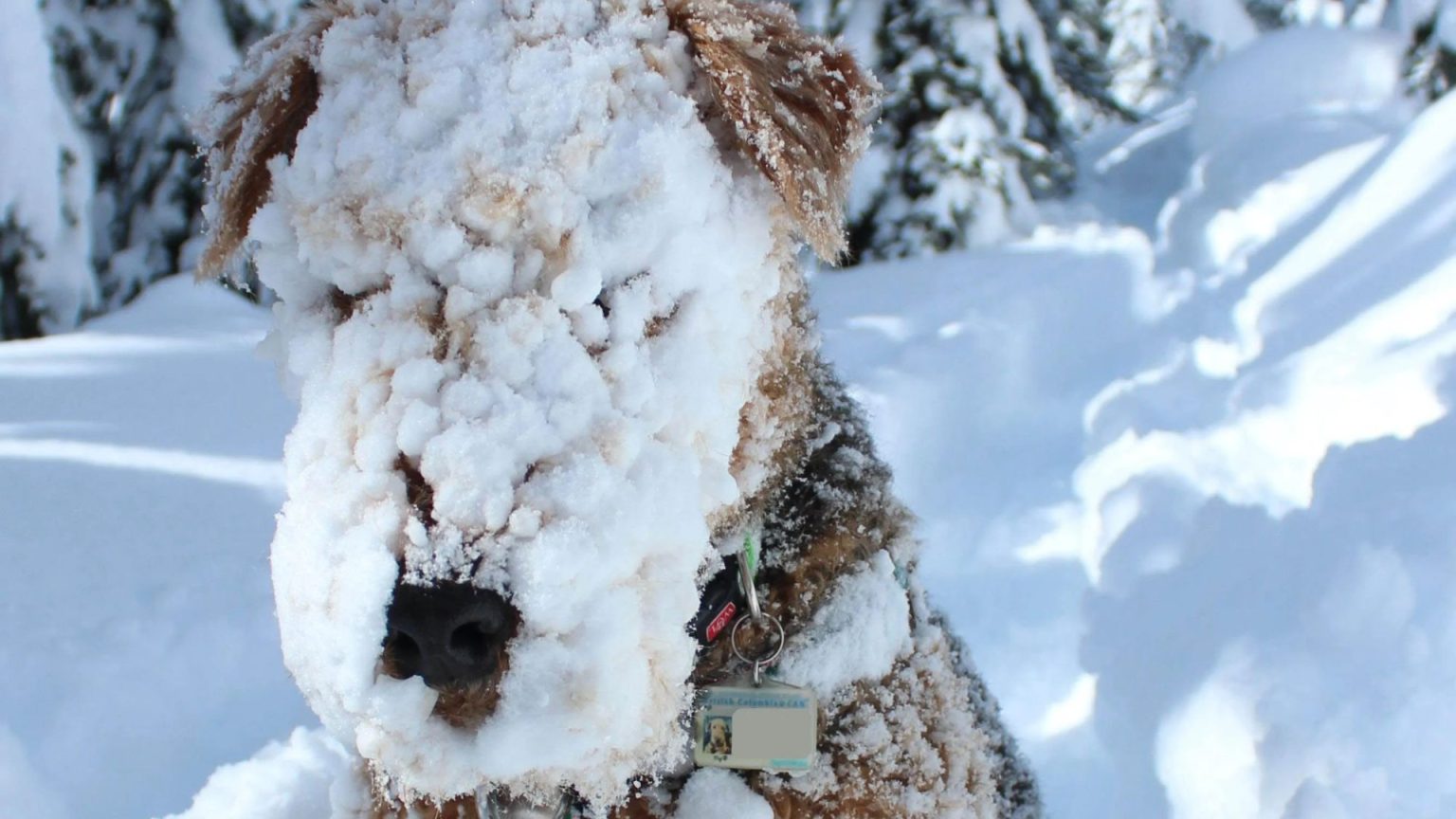The recent spell of frigid weather across the UK has transformed the familiar landscape into a winter wonderland, much to the delight of many, including our four-legged companions. Dogs, known for their boundless energy and love for the outdoors, have embraced the snowy conditions with unrestrained enthusiasm, rolling, frolicking, and generally going “mutt-erly crazy,” as one observer put it. However, amidst the joyous scenes of canine winter revelry, a cautionary note emerges – the playful antics in the snow come with potential consequences for our furry friends.
The very snow that provides such entertainment can also become a source of discomfort, clinging to their fur and forming icy clumps. Images circulating online depict a variety of breeds, from terriers to spaniels to sheepdogs, sporting snow-covered coats, some resembling comical snow creatures, others appearing slightly less amused by their frosty attire. One particularly striking picture shows a dog almost completely enveloped in snow, raising concerns about the potential for hypothermia and the need for owners to ensure their pets are adequately protected from the extreme cold. The snow-caked faces and icy legs captured in these images serve as a reminder that while the winter wonderland offers a playground for our canine companions, it also presents challenges that require careful attention from their human caregivers.
The plummeting temperatures, reaching a bone-chilling -20C in some northern regions of the country, exacerbate the risks associated with prolonged exposure to the elements. The Met Office confirmed overnight lows of -14.5C in northern Scotland, emphasizing the severity of the cold snap. While the forecast suggests a slight reprieve with milder temperatures expected the following week, the immediate concern remains the potential for harm to animals, particularly those left outdoors for extended periods without adequate shelter and protection.
The amusing spectacle of dogs transformed into fluffy snowballs highlights the dual nature of winter’s impact on our pets. While the snow provides a source of endless amusement and opportunities for playful exploration, it also necessitates vigilance and responsible pet ownership. Ensuring dogs are adequately protected from the cold, limiting their exposure to extreme temperatures, and promptly removing any accumulated snow or ice from their fur are crucial steps in safeguarding their well-being during these frigid conditions. The images serve as a poignant reminder of the vulnerability of our furry companions and the importance of our role in ensuring their safety and comfort throughout the winter season.
The stark contrast between the playful exuberance of dogs in the snow and the potential dangers they face underscores the need for a balanced approach to winter pet care. While allowing dogs to enjoy the snowy landscape is certainly desirable, it must be tempered with a keen awareness of the risks and a commitment to responsible pet ownership. Providing appropriate shelter, monitoring their exposure to the cold, and ensuring they have access to fresh, unfrozen water are essential aspects of winter pet care. Furthermore, recognizing the signs of hypothermia, such as shivering, lethargy, and disorientation, is crucial for prompt intervention and prevention of serious health complications.
The humorous images of snow-covered dogs, while entertaining, should not overshadow the serious message they convey. Winter, while offering a unique playground for our canine companions, demands responsible pet ownership practices to ensure their safety and well-being. By taking proactive measures to protect our furry friends from the potential hazards of extreme cold, we can allow them to enjoy the wonders of winter while minimizing the risks associated with prolonged exposure to harsh weather conditions. The images serve as a gentle reminder of our responsibility to safeguard the welfare of our animal companions and ensure their continued enjoyment of the snowy season.




